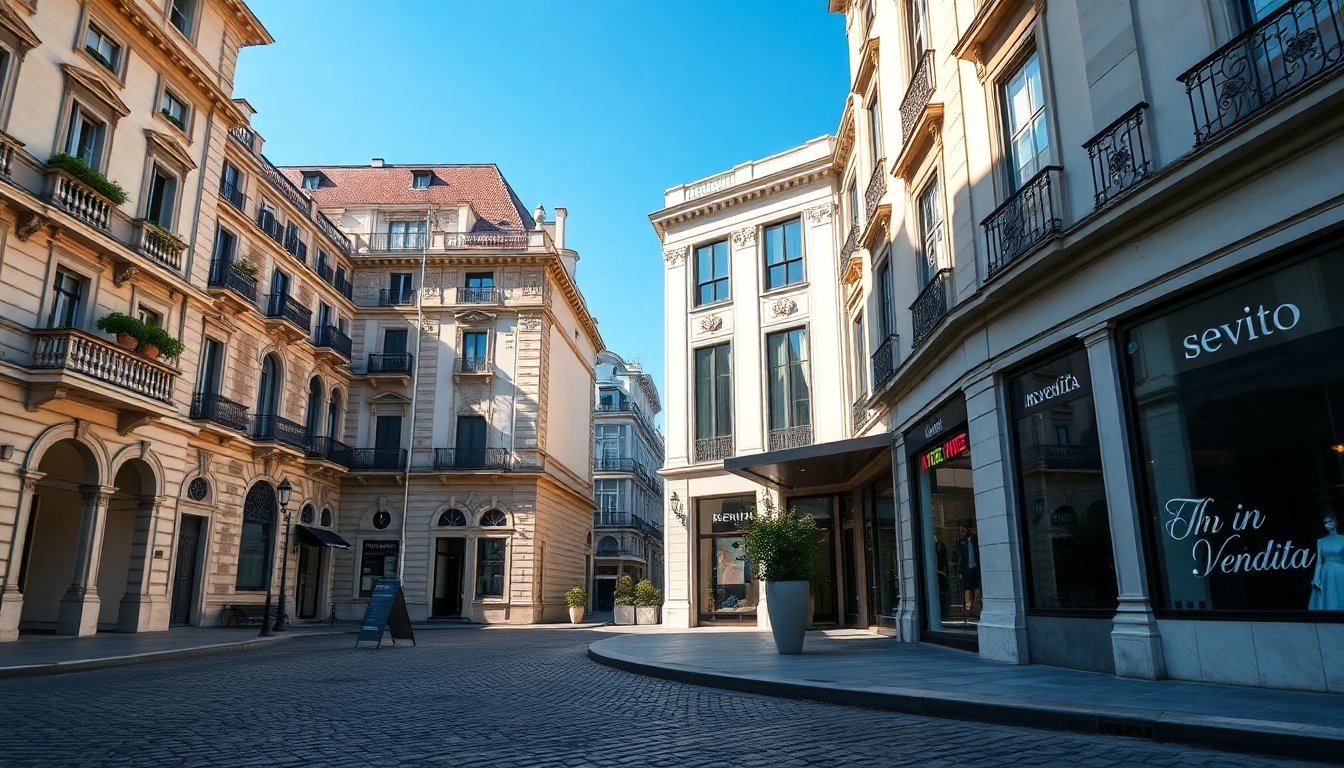Table of Contents
Understanding Milan’s Luxury Real Estate Market
In the realm of luxury real estate, particularly in Milan, grasping the market’s intricacies is essential. With over 20 years of experience in the high-end property sector, I have observed significant market fluctuations, including periods of growth, decline, and recovery. The principle that “location, location, location” is paramount forms the cornerstone of successful real estate investments.
As we examine the current landscape of Milan’s luxury real estate market, it is vital to analyze recent data and trends. This analysis will help identify opportunities for discerning investors looking to enhance their portfolios.
Market Overview: Insights from OMI and Nomisma
The latest reports from OMI (Osservatorio del Mercato Immobiliare) and Nomisma provide a comprehensive view of the luxury real estate market in Milan. Recent data reveals that, despite global economic uncertainties, the luxury segment continues to demonstrate resilience. Demand for high-end properties remains strong, driven by both domestic and international buyers seeking prime real estate.
Notably, Milan’s prestigious neighborhoods, such as Brera, Porta Venezia, and the historic center, have recorded a steady increase in property values. The data shows that luxury properties in these areas have appreciated by approximately 5-8% over the past year. This growth is largely due to rising interest from affluent buyers looking for both residences and investment opportunities.
Furthermore, the current market trend indicates a shift towards sustainable and technologically advanced homes. Buyers are increasingly prioritizing properties equipped with eco-friendly features and smart home technologies, reflecting a broader movement towards sustainability in real estate investments.
Analysis of Key Areas and Property Types
In the luxury real estate market of Milan, it is crucial to identify specific areas and property types that are currently in demand. Brera, known for its artistic heritage and vibrant cultural scene, continues to attract affluent buyers. This area not only offers aesthetic appeal but also presents solid investment potential due to its historical significance and ongoing urban development.
Another noteworthy area is Porta Romana, which is experiencing significant transformation with new developments aimed at high-end clientele. Properties in this locale draw attention for their modern design and proximity to essential amenities. Additionally, the integration of luxury retail and dining options has further enhanced the area’s allure.
Regarding property types, luxury apartments featuring expansive views and terraces are highly sought after. The trend is shifting towards larger living spaces, particularly as remote work becomes increasingly common. Buyers are now seeking properties that function not only as homes but also as comfortable workspaces.
Price Trends and Investment Opportunities
The price trajectory of Milan’s luxury real estate reflects a robust market. The average price per square meter for luxury properties has shown consistent growth, with select neighborhoods exceeding €10,000 per square meter. Data from recent sales indicates that properties in prime locations frequently sell above their asking prices due to intense competition among buyers.
Investors should consider the potential for rental income in this market. The luxury rental sector remains strong, with average yields ranging from 4% to 6%, offering attractive returns on investment. This scenario creates a profitable opportunity for those looking to diversify their portfolios. Additionally, properties situated near major universities or business districts are particularly desirable for rental purposes, drawing interest from both expatriates and affluent students.
Practical Advice for Buyers and Investors
Potential buyers and investors entering the Milan luxury real estate market should consider several key factors. First, conducting thorough due diligence is essential. Engaging with local real estate experts and utilizing reliable data sources such as OMI and Tecnocasa can offer invaluable insights into market dynamics.
Additionally, understanding the intricacies of property financing in Italy is crucial. Investors must be informed about various financing options available, including traditional mortgages and alternative funding solutions that may present better terms for luxury properties.
Flexibility is another important aspect to consider. The luxury market is continually evolving, and being open to emerging opportunities can lead to significant advantages. For example, properties that might not initially appear attractive could become prime investments as the neighborhood develops.
Medium-term Predictions for the Market
The medium-term outlook for Milan’s luxury real estate market is promising. Ongoing urban renewal projects and the city’s reputation as a cultural and economic hub are set to drive demand higher. As the economy stabilizes in the post-pandemic environment, a resurgence in international investments is likely, particularly from buyers in Asia and the Middle East.
Additionally, a strong emphasis on sustainability and smart living solutions will shape future developments. Investors who align their portfolios with these trends stand to gain not only financially but also contribute positively to the evolving landscape of Milan’s luxury real estate.
In summary, Milan’s luxury real estate market continues to be a vibrant and lucrative domain for investment. With thorough analysis, strategic planning, and an awareness of emerging trends, investors can effectively navigate this dynamic environment and capitalize on the opportunities that arise.


